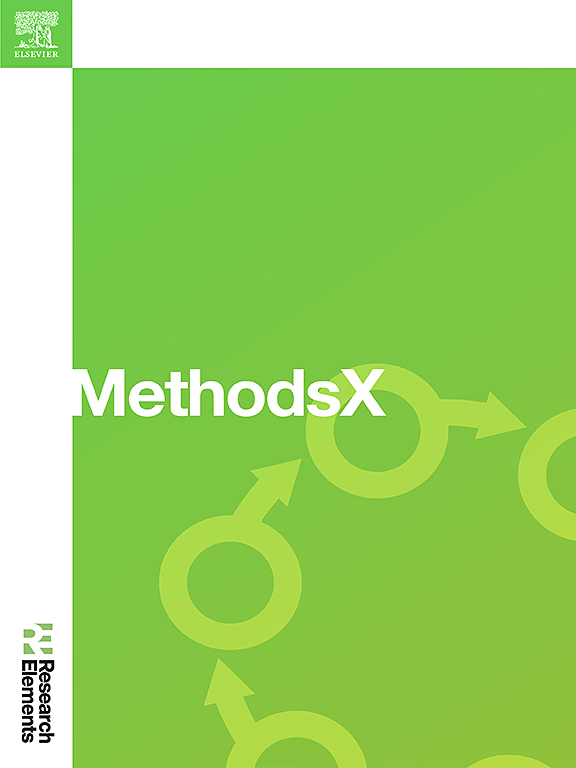Lavender hydrosol analysis using UV spectroscopy data and partial least squares regression
IF 1.6
Q2 MULTIDISCIPLINARY SCIENCES
引用次数: 0
Abstract
The aim of our work was to estimate the composition of hydrosol produced as a byproduct of lavender steam distillation using UV–Vis spectrophotometry in the 200–600 nm wavelength range through a machine learning algorithm. The dissolved components of lavender essential oil (EO) from lavender hydrosol samples were extracted via liquid-liquid extraction, using three different solvents (pentane, heptane and diethyl ether). The UV–Vis absorbance spectra of the extracts were recorded and the composition analyzed using GC–MS. The composition data obtained allowed for the calculation of changes within the quantities of different EO components in the samples.
The partial least squares regression technique (PLS) was utilized to establish a connection between changes in the composition of the hydrosol and the changes in the UV–Vis spectra. After optimization the established PLS model showed an score above 0.95 for the prediction of hydrosol composition changes during cross-validation. The model can thus be utilized as a soft sensor to infer extracted mass of EO components and characterize the composition of hydrosol during the process directly from UV–Vis spectra.
- •Investigation of lavender water and extract using UV–Vis spectrophotometry
- •GC–MS analysis of extracts
- •PLS model development for composition estimation based on spectra

薰衣草纯溶胶分析用紫外光谱数据和偏最小二乘回归
我们的工作目的是通过机器学习算法,在200-600 nm波长范围内使用紫外可见分光光度法估计薰衣草蒸汽蒸馏副产物纯溶胶的组成。采用液-液萃取法,采用戊烷、庚烷和乙醚三种不同的溶剂提取薰衣草纯溶胶样品中的薰衣草精油。记录提取物的紫外-可见吸收光谱,并用GC-MS分析其成分。所获得的成分数据允许计算样品中不同EO组分数量的变化。利用偏最小二乘回归技术(PLS)建立了纯溶胶成分变化与紫外可见光谱变化之间的联系。经优化后,所建立的PLS模型在交叉验证中预测纯溶胶成分变化的R2值在0.95以上。因此,该模型可以作为软传感器,直接从UV-Vis光谱中推断出萃取过程中EO组分的质量,并表征纯溶胶的组成。•使用紫外可见分光光度法对薰衣草水和提取物进行调查•提取物的GC-MS分析•基于光谱的成分估计的PLS模型开发
本文章由计算机程序翻译,如有差异,请以英文原文为准。
求助全文
约1分钟内获得全文
求助全文
来源期刊

MethodsX
Health Professions-Medical Laboratory Technology
CiteScore
3.60
自引率
5.30%
发文量
314
审稿时长
7 weeks
期刊介绍:
 求助内容:
求助内容: 应助结果提醒方式:
应助结果提醒方式:


